-
 Bitcoin
Bitcoin $111200
0.03% -
 Ethereum
Ethereum $4321
0.45% -
 Tether USDt
Tether USDt $0.9999
-0.02% -
 XRP
XRP $2.824
0.89% -
 BNB
BNB $856.7
1.36% -
 Solana
Solana $204.4
0.79% -
 USDC
USDC $0.9998
0.00% -
 Dogecoin
Dogecoin $0.2178
2.21% -
 TRON
TRON $0.3317
-1.04% -
 Cardano
Cardano $0.8334
2.36% -
 Hyperliquid
Hyperliquid $47.48
5.04% -
 Chainlink
Chainlink $22.43
0.45% -
 Ethena USDe
Ethena USDe $1.001
0.01% -
 Bitcoin Cash
Bitcoin Cash $615.9
4.10% -
 Sui
Sui $3.404
2.84% -
 Stellar
Stellar $0.3610
1.92% -
 Avalanche
Avalanche $24.44
1.03% -
 Hedera
Hedera $0.2185
1.99% -
 Cronos
Cronos $0.2710
2.40% -
 UNUS SED LEO
UNUS SED LEO $9.567
0.12% -
 Litecoin
Litecoin $112.4
1.13% -
 Toncoin
Toncoin $3.084
-0.52% -
 Shiba Inu
Shiba Inu $0.00001239
2.12% -
 Polkadot
Polkadot $3.881
2.85% -
 Uniswap
Uniswap $9.394
0.47% -
 Dai
Dai $0.9997
-0.02% -
 Ethena
Ethena $0.7621
16.86% -
 Monero
Monero $269.5
0.69% -
 Aave
Aave $302.2
-1.65% -
 World Liberty Financial
World Liberty Financial $0.1825
-0.64%
How to avoid liquidation in perpetual contracts?
Perpetual contracts allow leveraged trading without expiry, but high leverage increases liquidation risk, especially during volatility—manage risk wisely.
Sep 06, 2025 at 05:00 pm
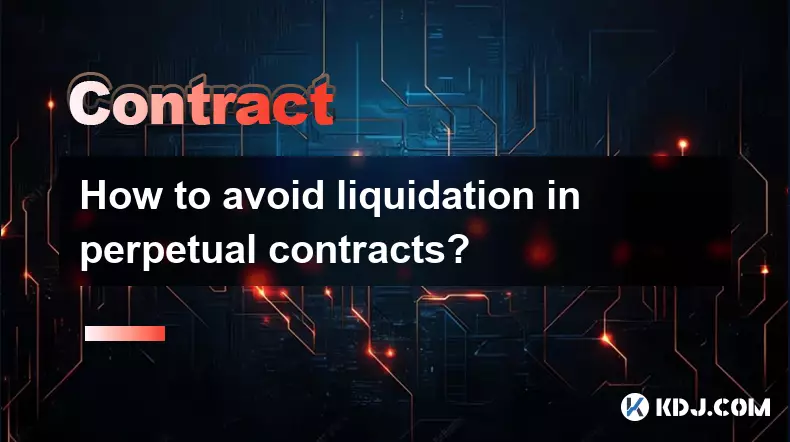
Understanding Perpetual Contracts and Liquidation Risks
1. Perpetual contracts are derivative financial instruments that allow traders to speculate on the price of an asset without an expiration date. Unlike traditional futures, they are designed to track the spot price through a funding rate mechanism.
2. Liquidation occurs when a trader’s margin balance falls below the required maintenance margin. This typically happens due to adverse price movements amplifying losses on leveraged positions.
3. The liquidation engine automatically closes positions to prevent the trader from incurring debt beyond their collateral. Once liquidated, traders lose their initial margin and may face additional penalties depending on the exchange.
4. High leverage increases the risk of liquidation dramatically. A position with 50x leverage can be wiped out by a 2% adverse price move, making risk management essential.
5. Exchanges use an insurance fund to cover the shortfall when liquidations result in negative balances, but traders should not rely on this as a safety net.
Set Appropriate Leverage Levels
1. Choosing lower leverage reduces exposure to sudden price swings. While high leverage can amplify gains, it equally magnifies losses, making positions vulnerable to liquidation.
2. Conservative traders often use 2x to 5x leverage, even on volatile assets, to ensure their positions can withstand extended drawdowns.
3. Adjust leverage based on market volatility. During high volatility events such as macroeconomic announcements or exchange outages, reducing leverage is a prudent step.
4. Some trading platforms offer dynamic leverage settings that adjust based on real-time market conditions, helping traders avoid overexposure.
5. Never assume that a strong market trend will continue indefinitely. Even in bullish or bearish markets, sharp reversals can trigger mass liquidations, especially in over-leveraged environments.
Implement Effective Risk Management Strategies
1. Always use stop-loss orders to limit downside risk. A well-placed stop-loss can exit a position before it reaches the liquidation price.
2. Calculate your liquidation price using built-in tools provided by exchanges. Knowing this price helps determine how much buffer you have before automatic closure.
3. Diversify your positions across different assets and strategies. Concentrating capital in a single perpetual contract increases systemic risk.
4. Monitor your margin ratio closely. If it approaches the maintenance threshold, consider adding margin or reducing position size to avoid forced liquidation.
5. Utilize take-profit levels to secure gains and reduce open risk. Partial profit-taking allows you to lower exposure while letting the remainder of the position run.
Monitor Market Conditions and Funding Rates
1. High funding rates indicate strong directional bias. Sustained positive funding in a long position suggests over-leveraged bulls, increasing the risk of a short squeeze.
2. Negative funding rates for extended periods may signal bearish sentiment and potential long liquidation cascades. Being aware of these signals helps in timing entries and exits.
3. Watch order book depth and open interest. A sudden spike in open interest combined with thin order books can lead to price slippage and rapid liquidations.
4. Use on-chain and off-chain data to assess market sentiment. Tools like exchange flow analysis, whale tracking, and social sentiment indicators provide early warnings.
5. Avoid holding large positions during low-liquidity periods such as weekends or holidays. Reduced market depth increases the likelihood of price manipulation and liquidation triggers.
Frequently Asked Questions
What is the liquidation price in perpetual contracts?The liquidation price is the market price at which a leveraged position is automatically closed by the exchange due to insufficient margin. It is calculated based on entry price, leverage, fees, and maintenance margin requirements.
Can I add margin to avoid liquidation?Yes, most exchanges allow users to add margin manually or enable auto-top-up features. Increasing your collateral raises the liquidation price buffer, reducing the chance of being liquidated.
How do funding rates affect my position?Funding rates are periodic payments exchanged between long and short traders. High positive rates mean longs pay shorts, increasing holding costs for long positions. This can influence trader behavior and contribute to liquidation events if sentiment shifts.
What happens after a position is liquidated?Once liquidated, the position is closed at the prevailing market or mark price. The trader loses their initial margin, and any remaining value may be absorbed by the exchange’s insurance fund. No further liability is typically incurred by the trader.
Disclaimer:info@kdj.com
The information provided is not trading advice. kdj.com does not assume any responsibility for any investments made based on the information provided in this article. Cryptocurrencies are highly volatile and it is highly recommended that you invest with caution after thorough research!
If you believe that the content used on this website infringes your copyright, please contact us immediately (info@kdj.com) and we will delete it promptly.
- Kazakhstan's Crypto Leap: Stablecoins for Fees & the Rise of $BEST
- 2025-09-06 20:25:13
- Ozak AI: Presale ROI and the Promise of AI Projection – Is It the Next Big Thing?
- 2025-09-06 20:25:13
- ONDO Price Analysis: Riding the Wave of Tokenization and Cycle Predictions
- 2025-09-06 20:45:15
- BlockchainFX: Staking APY & Crypto Raise Redefining Passive Income
- 2025-09-06 21:05:17
- XRP's Resilience in the Crypto World: Navigating Regulation and Embracing Innovation
- 2025-09-06 21:45:13
- Pi Network, Protocol Upgrade, and Institutional Adoption: A New Era?
- 2025-09-06 20:45:15
Related knowledge
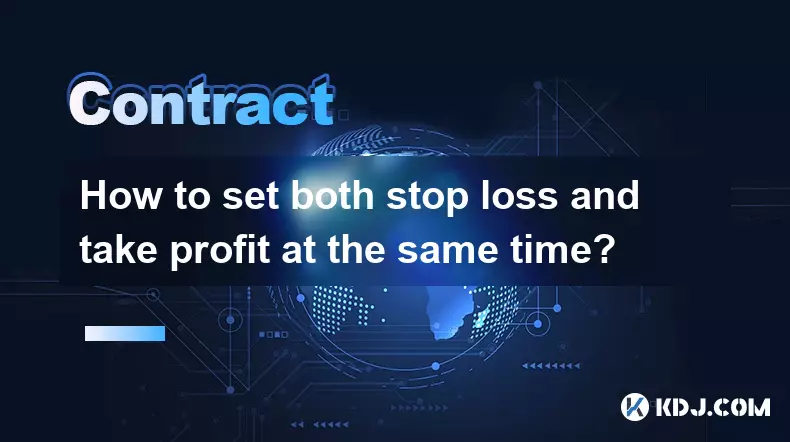
How to set both stop loss and take profit at the same time?
Sep 06,2025 at 04:36pm
Understanding Simultaneous Stop Loss and Take Profit Orders1. Placing both stop loss and take profit orders at the same time is a standard practice in...

What to do if you are about to be liquidated?
Sep 06,2025 at 01:00am
Understanding Liquidation in the Crypto Market1. Liquidation occurs when a trader’s margin balance falls below the required maintenance margin, forcin...
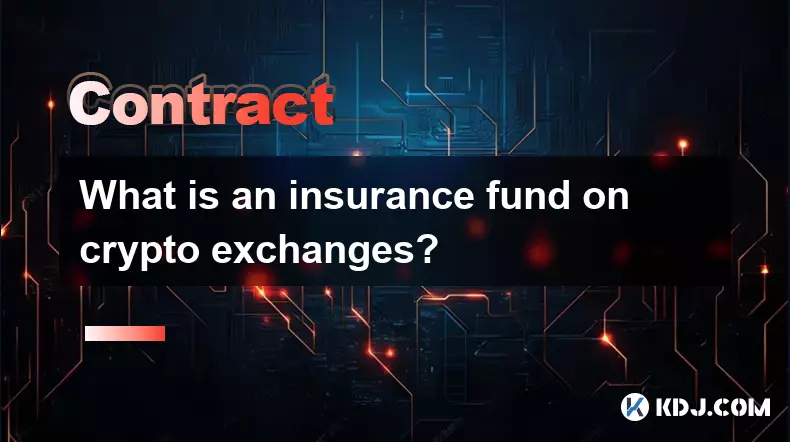
What is an insurance fund on crypto exchanges?
Sep 06,2025 at 03:36pm
Understanding the Role of Decentralized Exchanges in Modern Cryptocurrency Trading1. Decentralized exchanges (DEXs) have emerged as a cornerstone of t...
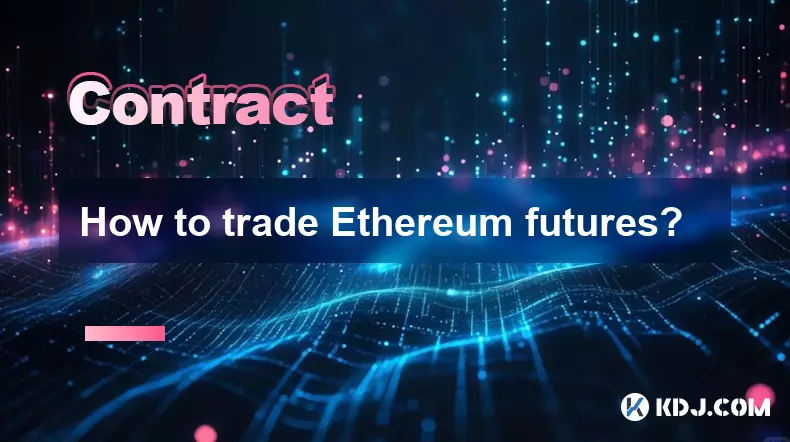
How to trade Ethereum futures?
Sep 05,2025 at 03:54pm
Understanding Ethereum Futures Basics1. Ethereum futures are financial derivatives that allow traders to speculate on the future price of ETH without ...
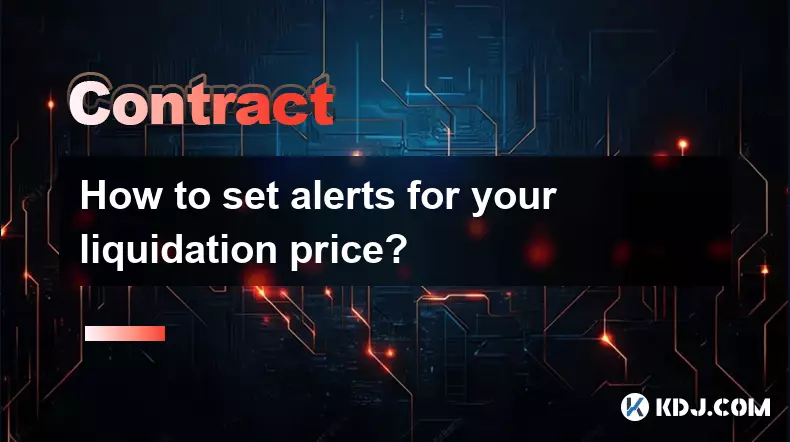
How to set alerts for your liquidation price?
Sep 06,2025 at 08:18pm
Understanding Decentralized Exchanges in the Crypto Ecosystem1. Decentralized exchanges (DEXs) operate without a central authority, allowing users to ...
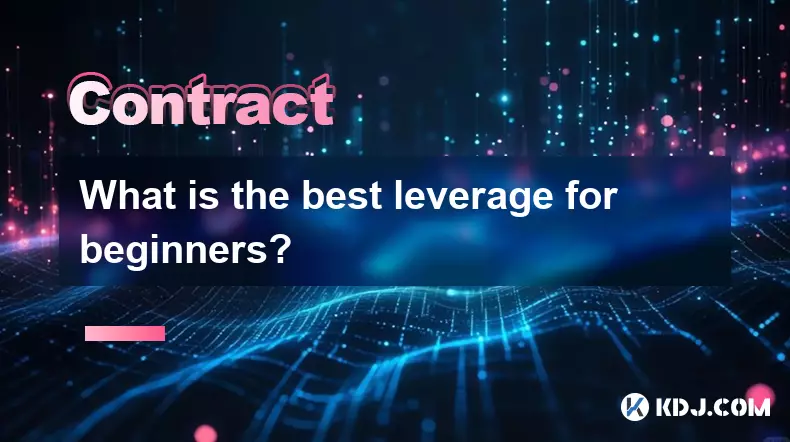
What is the best leverage for beginners?
Sep 06,2025 at 02:37am
Understanding Leverage in Cryptocurrency Trading1. Leverage allows traders to borrow funds to increase their position size beyond their available capi...

How to set both stop loss and take profit at the same time?
Sep 06,2025 at 04:36pm
Understanding Simultaneous Stop Loss and Take Profit Orders1. Placing both stop loss and take profit orders at the same time is a standard practice in...

What to do if you are about to be liquidated?
Sep 06,2025 at 01:00am
Understanding Liquidation in the Crypto Market1. Liquidation occurs when a trader’s margin balance falls below the required maintenance margin, forcin...

What is an insurance fund on crypto exchanges?
Sep 06,2025 at 03:36pm
Understanding the Role of Decentralized Exchanges in Modern Cryptocurrency Trading1. Decentralized exchanges (DEXs) have emerged as a cornerstone of t...

How to trade Ethereum futures?
Sep 05,2025 at 03:54pm
Understanding Ethereum Futures Basics1. Ethereum futures are financial derivatives that allow traders to speculate on the future price of ETH without ...

How to set alerts for your liquidation price?
Sep 06,2025 at 08:18pm
Understanding Decentralized Exchanges in the Crypto Ecosystem1. Decentralized exchanges (DEXs) operate without a central authority, allowing users to ...

What is the best leverage for beginners?
Sep 06,2025 at 02:37am
Understanding Leverage in Cryptocurrency Trading1. Leverage allows traders to borrow funds to increase their position size beyond their available capi...
See all articles

























































































